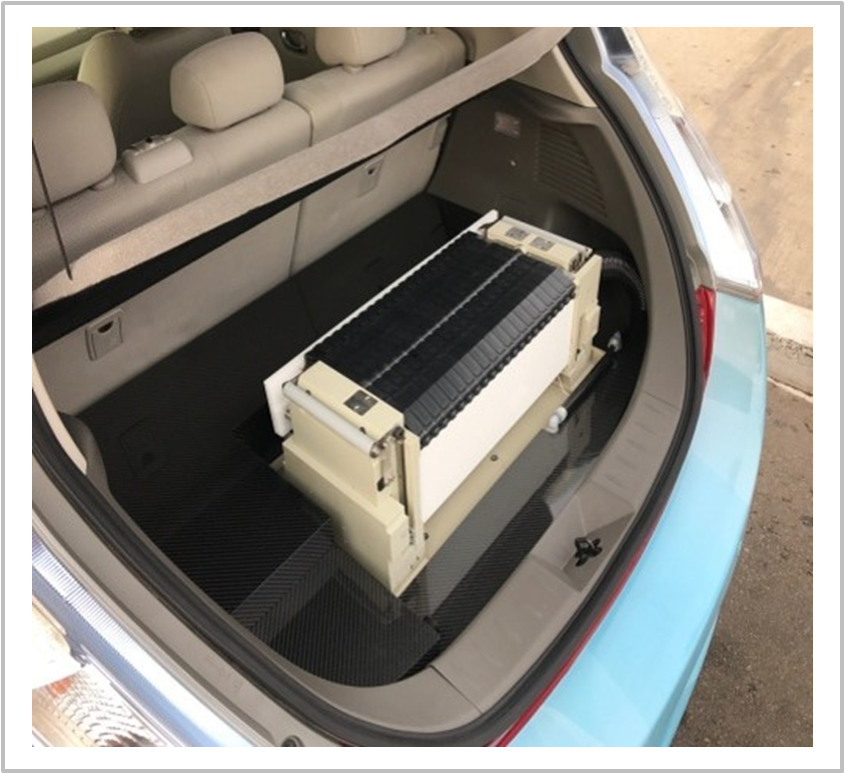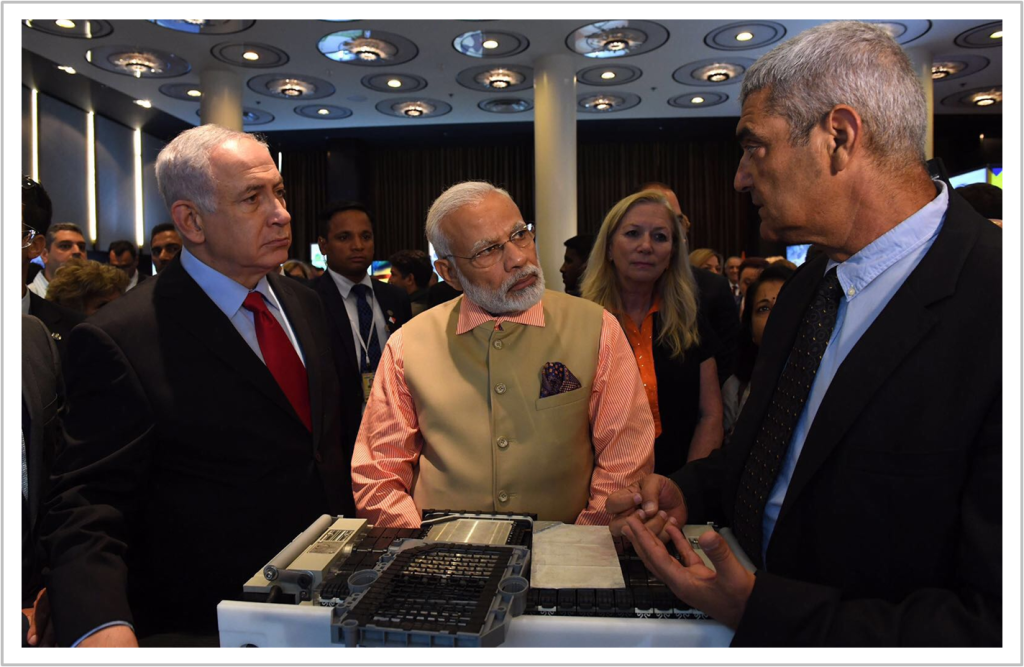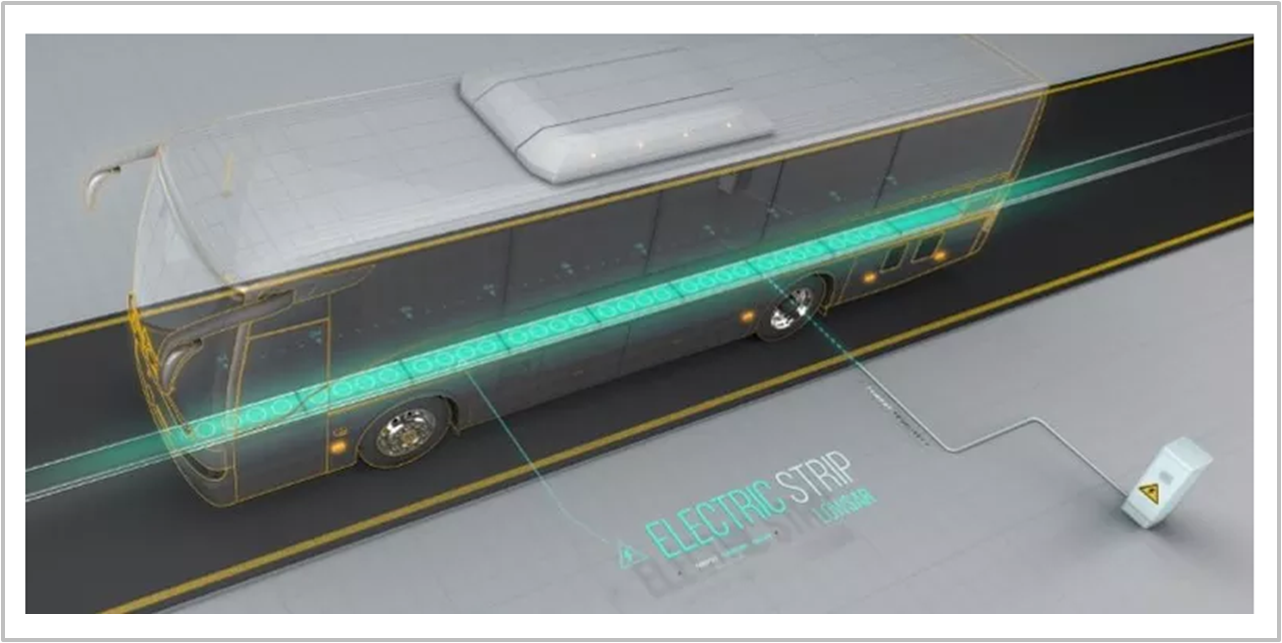Manufacturing a truly green motor vehicle requires finding a solution to the problem of an alternative energy source. Two companies, Phinergy and ElectRoad, are making great strides towards winning solutions: the technologies that will set tomorrow’s electric motor vehicles in motion.
“Anyone inventing something new encounters a unique dilemma – people don’t understand the invention, because it’s something new”, declares Aviv Tzidon, CEO of Phinergy. “We are constantly busy nowadays with fuel and the refueling of our vehicles. Nobody can imagine a world in which there was no gasoline anywhere. People don’t stop to reflect on what happened before there were gas stations, but at the beginning of the previous century, the few existing car owners still purchased gasoline at pharmacies.”
A hundred years or so later, a catalyst patent was developed at Bar Ilan University that will enable development of aluminum-air and zinc-air batteries – one of the leading candidates to replace gasoline in the cars of the future. The team of inventors was led by researchers Dr. Erik Khasin and Professor Arie Zaban. Tzidon, a visionary entrepreneur with a proven record of impressive exits, became aware of the technology and decided to acquire its rights together with his brother, Dekel. It was around this technology that the two founded Phinergy in 2008. The inventor, Dr. Erik Khasin, later joined the company’s founding team.
Tzidon, who serves today as the company’s CEO, says: “We brought the team from the university and basically reproduced the technology developed at the university at the company, which in turn, looked at it commercially with the objective of using it to set an electric vehicle in motion.”
Metal-air battery technology is already more than a hundred years old and is based on the principle of producing energy released from metal by means of oxidization. “A battery is an energy tank”, Tzidon explains. “Our mission is to capture the oxygen in the air and, together with water and aluminum, create an electrochemical reaction that releases energy.”
Phinergy focuses on the development of two main technologies: an aluminum-air battery and a zinc-air battery. These are two different technologies that enable entirely different pollution-free applications. They can be implemented in the electric motor vehicle industry, but also as backup systems for alternative energy sources such as emergency generators. This technology has succeeded in solving a central problem in electric vehicles, rendered the need for external charging redundant, and increased their limited travel range.
“Until 2013 we worked ‘under the radar'”, Tzidon says. “The company had been supported a number of times since 2008 by Innovation Authority programs and with a budget allocated to ‘Alternative Fuels for Transportation’ initiatives within the framework of the Innovation Authority. Most of our support was from the Investment Incentive Program that aims to encourage Israeli and foreign investors in the field of alternative fuel for transportation. In addition to this budget, we also received assistance in opening doors – the Fuel Choice and Smart Mobility Initiative helped us establish international contacts with automotive manufacturers and solved many of our administrative problems. Furthermore, we have also won the support of the Ministry of Energy for building our first demonstration vehicle in 2013.”
The turning point was in 2013 when Phinergy presented its technology to President Obama during his visit to Israel. During the same year they signed an agreement to cooperate with Alcoa – the world’s largest aluminum company – and began working with a European automotive manufacturer, on a mass production electric vehicle that will include an aluminum-air battery.
“In order to understand aluminum-air’s application in transportation, you need to understand how electric vehicles operate (vehicles without a hybrid motor). Since all the energy that Propels into motion these vehicles comes from the battery, their range is limited. At present, all electric vehicles run on a lithium battery that provides energy for a distance of 120-150 kilometers. This is perfectly adequate 90 percent of the time because most people only travel to and from work, however it’s just not enough for the other 10 percent of cases when someone travels more than the daily average. This is the problem the manufacturers are trying to overcome and, as of now, the existing solutions are extremely expensive.”
Phinergy’s solution is an electric vehicle that has a combination of a regular electrically chargeable battery and an aluminum-air battery that supplies energy for longer trips.
 “In our vehicle, the system only charges the battery when necessary, but for those days on which you need to travel more than the average, the vehicle has a non-pollutive system that can charge the lithium battery during the trip, thereby overcoming the distance limitation. Naturally, this expanded range is, in turn, limited by the amount of aluminum in the vehicle’s system.”
“In our vehicle, the system only charges the battery when necessary, but for those days on which you need to travel more than the average, the vehicle has a non-pollutive system that can charge the lithium battery during the trip, thereby overcoming the distance limitation. Naturally, this expanded range is, in turn, limited by the amount of aluminum in the vehicle’s system.”
“Our demonstration model, carries an aluminum-air battery that contains 25 kilograms of aluminum and that provides the vehicle with a range of approximately 1000 kilometers. What happens after 1000 kilometers when it’s all depleted? You replace the aluminum. How? You stop at a service station, add new aluminum and five minutes later the driver continues on its way.”

Where do you stand today?
“First of all, we have solved the chemical aspect of the problem. If previously, the membranes (air electrodes) of aluminum-air batteries operated for 100 hours, today our membranes can operate for more than 50,000 hours. We have successfully demonstrated that the battery produces electricity within the vehicle, and we have made prototype vehicles with two automotive manufacturers with whom we have joint projects.”
“We are now examining ways of transforming it into built-in technology within the vehicle. In our opinion, this should be first implemented in commercial vehicles and buses – vehicles that return each day to their regular parking space. An aluminum-air battery is cheaper than a lithium-ion battery and should therefore lower the cost of the electric vehicle. The goal is for its price to be similar to that of a regular vehicle today.”
“If the cost of alternative energy is to be competitive with gas and petroleum, this revolution will need leaders. We are therefore in contact with countries such as India and China. Both countries suffer from high air pollution and are searching for a solution to remedy this situation.”
“I believe that in a few years we will have a positive energy balance and will no longer need to draw fuel from the ground”, Tzidon predicts. “There is an abundance of unused clean energy and we are able to harvest and produce energy at very low cost. Phinergy’s ultimate vision is for constantly available green energy everywhere.”

Thinking Outside the Box
The startup company ElectRoad was founded three years ago by two partners and entrepreneurs, Oren Ezer and Hanan Rumbak. Aside being hard-core entrepreneurs, the two also share a common philosophy that seeks to improve our quality of life, reduce air pollution and create a better world for people and animals alike. In Ezer’s words: “The company was founded with the un-cynical objective of improving the world – even if only by a fraction.”
Ezer describes the founding of ElectRoad: “Hanan had the original idea on which the company is based. We set out on the assumption that the entry of electric vehicles is only a matter of time and that the existing solutions for improving batteries are not perfect. We decided that instead of improving existing solutions, we will take the problem, the battery, out of the vehicle – in other words, we will transfer the energy from the road to the moving vehicle via a wireless system. Reducing energy source within the vehicle will reduce weight, costs and eliminate the concern regarding the vehicle’s range when the energy is provided by the air transformer.”
“The basis for this technology was developed more than a century ago by Nikola Tesla. The concept is to use a transformer with the air serving as a medium for transmission. One coil is laid beneath the asphalt, the second is placed in the bottom of the vehicle and the technology transfers the energy from the coil under the road to the vehicle. The converter unit installed by the roadside, is connected at one end to the national electricity grid, converts the energy to the appropriate form for the air transformer and then transfers it to the coils installed under the traffic lane. In other words, we do not produce energy, rather transfer it to the coil that transfers energy to the vehicle.”


“We are talking about 40-centimeter diameter copper coils, placed one after another along the traffic lane’s center. The coils are positioned in the middle of the traffic lane and only transfer energy to electric vehicles with the appropriate receiver – when non-electric vehicles travel on the lane, the coil is inactive. The vehicle will also have a small energy source of its own in order to enable it to overtake traffic or travel in a lane without our technology. We believe in evolution, not revolution. In other words, gradual change. Initially, the vehicle will contain a certain-sized battery but, as we spread out the infrastructure, the battery size will decrease.”
“Our business model is still in the consolidation stage. We believe in a ‘win-win’ model for everyone, primarily for the public. The model will probably vary from one place to another according to partner and local government. The business model is comprised of project management, supplying the technology, a billing system that we provide, and a wealth of information that will be accumulated in the system.”
“The interesting thing about our solution is that embedding it in the road is quick in comparison to other infrastructure solutions. There is no need to rebuild all the roads. Its implementation is a matter of a few days with the work performed only at night in order to prevent disruptions to daily traffic. The coil is placed just 7 centimeters under the road. Connecting the receiver coil in the vehicle does not require fundamental alterations and is possible in any type of existing electric vehicle. No new mechanisms need to be developed. The unit that sits at the side of the road, that is connected to the electricity grid, communicates with the vehicles in real time and knows when to activate the coils under the asphalt according to the vehicle’s location.”
“Happily, our timing is superb – there is already an international standard for wireless charging to which we are party and adhering to.”
Where do you stand today?
“We are currently working on demonstrating the complete system. We will initially demonstrate it on an electric car and then on a bus platform. In recent weeks, we have signed a strategic investment agreement with the ‘Dan’ Corporation, one of the country’s leading public transport operators that provides service to hundreds of thousands of passengers daily. ‘Dan’ is an immensely important strategic partner, on the one hand operating public transport while on the other, a partner in a company that develops super-capacitor-based electric buses. I presume that we will soon begin joint work with them on the final system.”
“We aspire to demonstrate the system in Israel – not abroad. To build an established Israeli company with Israeli pride and only then to distribute the technology overseas. Many ask why we insist on remaining in Israel with this technology. I actually think it’s an advantage. There is an openness to innovation here, even a hunger for it: the government and the Innovation Authority (formerly the Office of the Chief Scientist) and all the relevant ministries help us in establishing contacts with other entities in Israel, with international companies in the transportation field, and with financial assistance.”
“The Innovation Authority’s support is extremely important. When you establish a software (application), you can progress with the support of ‘angels’ and venture capital funds, however with a company such as ours – that operates in a significant infrastructure-associated field and that requires involvement of the government, municipalities and the electric company – it’s difficult to imagine success without the Innovation Authority.”
“Initially, we received support from the Authority via the ‘Capital Nature’ technological incubator. We subsequently received further support from the Ministry of Transport and the Ministry of Energy and we are presently waiting for critical assistance from the Program for Encouraging Investments in the Field of Alternative Fuels for Transportation. This support is enormously important and the Authority is actually taking a risk with us. This assists in strengthening the eco-system in Israel by supporting investors and encouraging investment in this field. When we succeed – the Authority will have a large part in our success.”
“Our vision is of a real and sustainable solution. If you look at the future transportation market, I am sure that it will be based on an electric vehicle but sincerely hope that the solution will not rely solely on batteries – it is difficult to imagine what we will do with tens of thousands of tons of batteries, some of which are non-recyclable. Our vision is that, already in the near future, most energy will come from renewable energy sources such as solar energy, wind, harvesting energy from ocean waves and of course, natural gas. All this energy will be managed by the electric companies away from the city centers, and will be provided via the electricity grid from where it will set the transportation in motion via our infrastructure.”
“This way, the vehicle will be capable of travelling 24/7 without stopping for refueling or recharging and there will be no need for allocating special areas for gas and recharging stations. When the autonomous vehicle arrives, the number of parking lots in the city will be dramatically reduced. These areas can then all be allocated to green parks. It will happen very quickly. I assume that it will start to happen mainly in the public transport market within the next ten years, with specially designated autonomous vehicles, and will then flow over into private transportation. I believe that we’ll get there in ten years.”
Gil Shaki, Senior Director Energy, Cleantech, Infrastructure & Transportation at the Israel Innovation Authority: “The subject of hoarding energy sources and energy derived from alternatives to fuel is one of the most complex challenges facing the automotive industry. The State of Israel has undertaken to focus its attention in this area. In recent years the Innovation Authority supported the efforts of Israeli industry and academia to develop and apply groundbreaking solutions out of the belief that some will reach technological and commercial fruition in the near future and will further assist in changing the face of the global automotive industry.”
